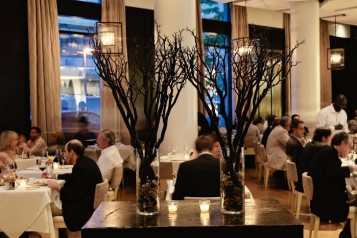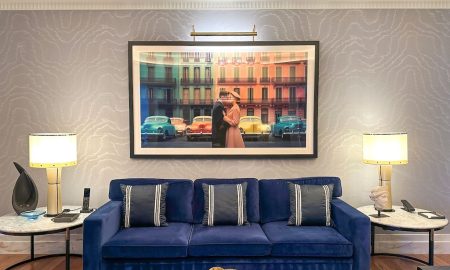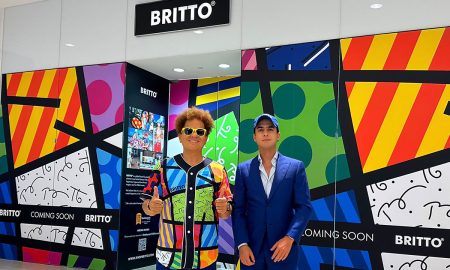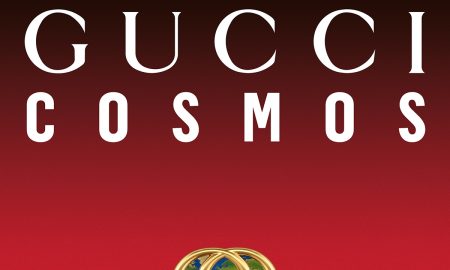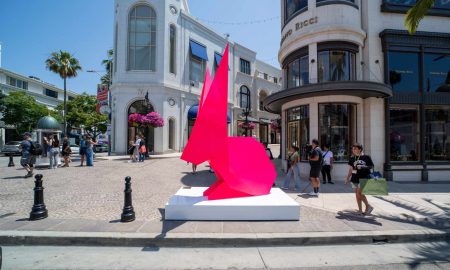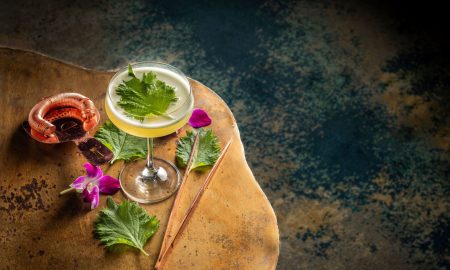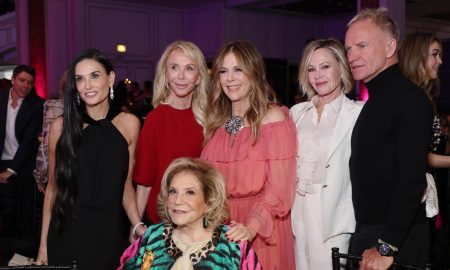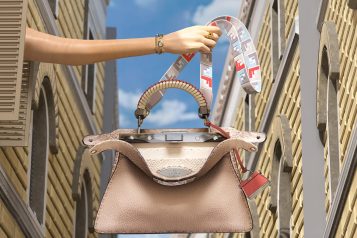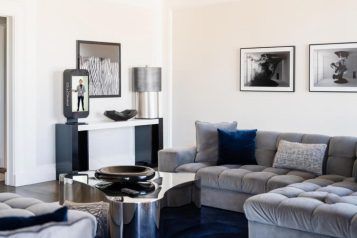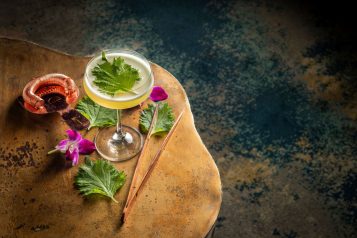
Photo Credit: Ai Weiwei Studio
Chinese contemporary artist and activist Ai Weiwei is finally coming to Los Angeles. Art enthusiasts in the City of Angels who have patiently awaited his first major exhibition will be rewarded with not one, but three shows running concurrently this fall.
The trio of gallery spaces that will have the honor of showcasing Ai Weiwei’s work will be the Marciano Art Foundation, housed in the historic Scottish Rite Masonic Temple; Jeffrey Deitch‘s brand-new West Coast outpost; and the UTA Artist Space in Beverly Hills.
Born in Beijing in 1957, Ai Weiwei attended the Beijing Film Academy before moving to New York in 1983, where he studied at the Parsons School of Design. Over the decades, his provocative and often politically charged works have been seen in solo exhibitions at major institutions all over the world.

Photo Credit: Image courtesy of Ai Weiwei Studio and Marciano Art Foundation
His long list of accolades include the lifetime achievement award from the Chinese Contemporary Art Awards (2008), Honorary Academician status at the Royal Academy of Arts (2011), the Václav Havel Prize for Creative Dissent from the Human Rights Foundation (2012), and the Ambassador of Conscience Award from Amnesty International (2015).
With so much of the master’s work available to see in LA this season, we share here the details of each upcoming show.
Life Cycle at Marciano Art Foundation
The artist’s first major institutional solo exhibition in Los Angeles will be Life Cycle (2018), a new and totally unseen sculptural installation. A response to the global refugee crisis, Life Cycle uses bamboo and the traditional Chinese technique for kite-making to depict a boat. Figures created from bamboo and silk accompany the Life Cycle boat installation, figures he created with Chinese mythic creatures in mind.
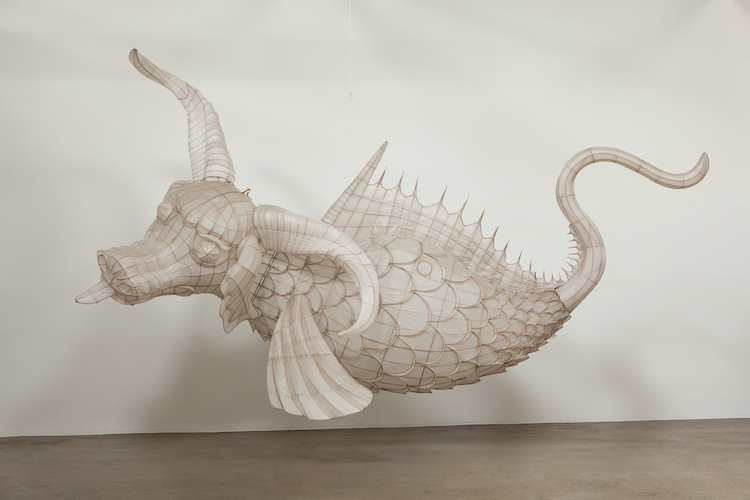
Photo Credit: Image courtesy of Ai Weiwei Studio and Marciano Art Foundation
Visitors will also be able to see Windows (2015), a collection of vignettes featuring biographical, mythological and art historical references; Sunflower Seeds (2010), which is composed of 49 tons of individual porcelain sunflower seeds; and Spouts (2015), a compilation of thousands of antique teapot spouts, some even dating back to the Song dynasty (960-1279).
Life Cycle will run from September 28 to March 3, 2019, at Marciano Art Foundation.
Zodiac at Jeffrey Deitch
The artist’s museum-scale exhibition Zodiac (2018) will be the inaugural show for Jeffrey Deitch‘s Los Angeles gallery. Among the works on display will be Stools (2013), an installation comprised of nearly 6,000 wooden stools gathered from homes and villages across Northern China. The stools, some of which date back to the Ming Dynasty (1368-1644), have been arranged to form a 72-foot square and represent generations of Chinese lives and households.

Photo Credit: Image courtesy of Ai Weiwei Studio
In addition to Stools, the Deitch gallery will show the artist’s set of 12 animal heads made of LEGO bricks in a presentation that combines elements of two of the artist’s past works: Circle of Animals / Zodiac Heads (2010) and Study of Perspective (1995-2003). A fan of LEGO bricks, he’s been using them in his art since at least 2007.
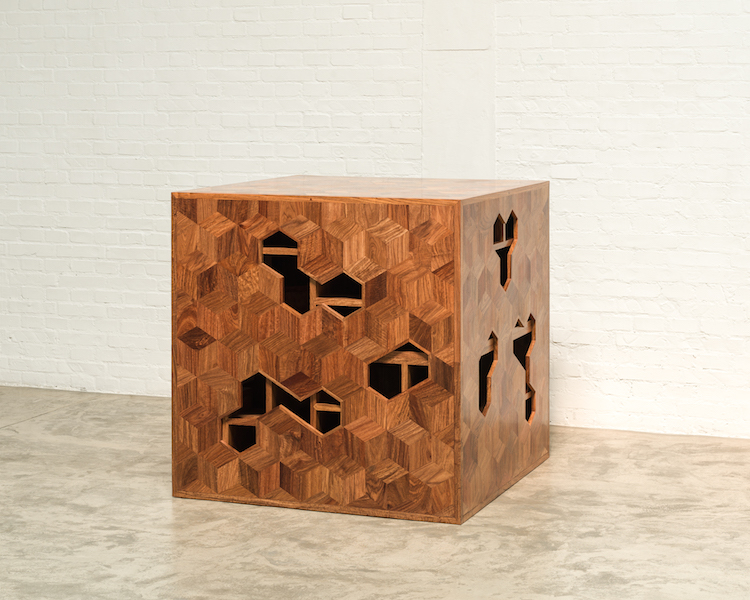
Photo Credit: Image courtesy of Ai Weiwei Studio
Additional works on display include a unique and complicated wooden Treasure Box (2014); F-Size (2011), a series of reimagined spheres crafted using advanced woodworking techniques, without nails or screws; and in Divina Proportione (2010), five 1-meter square cubes made from distinct materials: tea, crystal, marble, porcelain and wood.
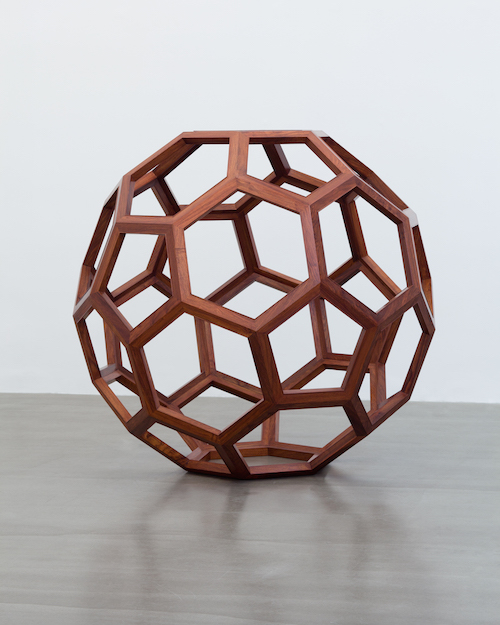
Photo Credit: Image courtesy of Ai Weiwei Studio
Also, be sure to take a closer look at the wallpaper on the gallery’s back wall — it appears innocuous from a distance but upon closer inspection reveals a pattern of surveillance cameras. The Animal That Looks Like a Llama But is Really an Alpaca (2015) nods to his time under house arrest (2011-2015), when the Chinese government surveilled his every movement.
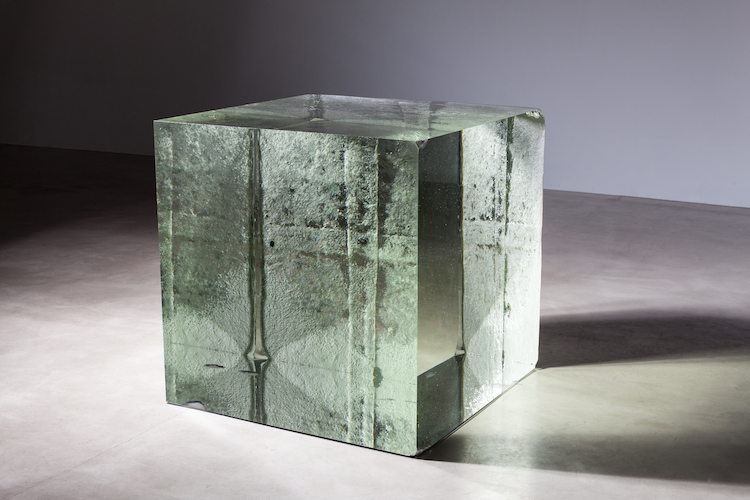
Photo Credit: Image courtesy of Ai Weiwei Studio
Zodiac will run from September 29 through January 5, 2019, at Jeffrey Deitch.
Cao/Humanity at UTA Artist Space
In July, UTA Artist Space, a gallery overseen by United Talent Agency‘s fine art division, moved from its former location in Boyle Heights to a 1940s-constructed warehouse in Beverly Hills that received a design overhaul by none other than Ai Weiwei himself.
The 4,000-square-foot, poured-concrete light industrial space features wooden bow-truss ceilings and is located a mere half a block from UTA headquarters. The entire interior, now redesigned according to the artist’s philosophies, is something of a display unto itself, especially given the artist’s perspective on the relationship between art and gallery space. He’s said in the past that when curating his future exhibitions he prefers to take into consideration the conditions of the space in which his art will be shown.

Photo Credit: Image courtesy of Ai Weiwei Studio
The gallery space will display some of Ai Weiwei’s most iconic marble works this fall, including Cao (2014), a large field of 770 marble grass pieces fitted together on the floor. Humanity is a new collective performance piece that will involve visitors recording themselves reading an excerpt from the artist’s book, Humanity, in the gallery. A video projection will then present these readings publicly every day.
Additional highlights include the massive, 2-ton Iron Tree Trunk (2015); the cheeky glass sculpture Up Yours (2018); Marble Lantern (2014), a replica of a traditional Chinese lantern; Camera with Plinth (2018), which provides further commentary on the artist’s house arrest experience; and Vases with Refugee Motif as a Pillar (2017), which consists of stacked porcelain vases painted with scenes of struggling refugees.
Cao/Humanity will be on display at UTA Artist Space beginning October 4.







